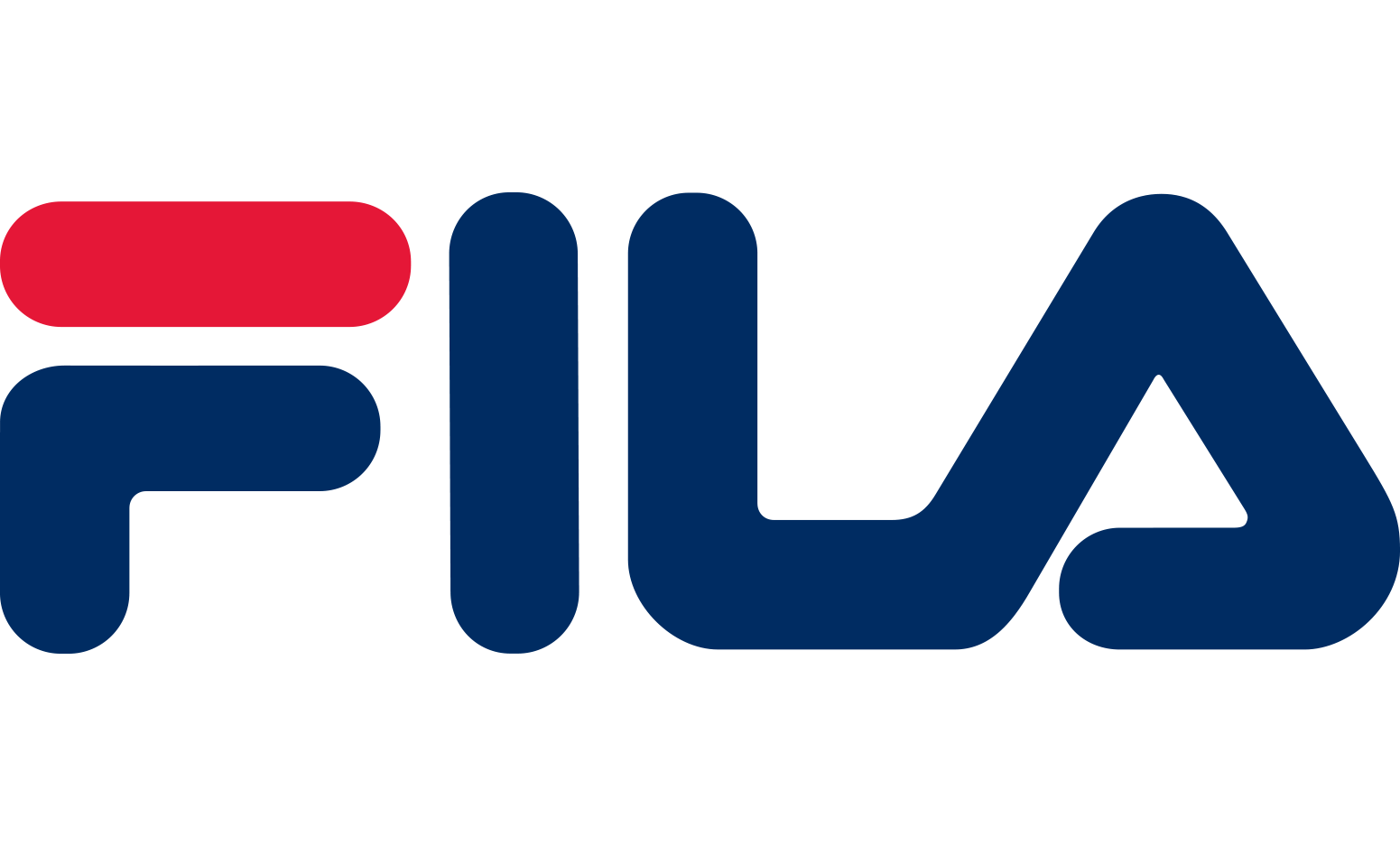Understanding the Landscape of Fitness Wearables in the United States
The Evolution of Fitness Tracking Technology
Fitness trackers have come a long way in America. In the early days, simple pedometers counted steps. But, technology leaped forward. Today, we have smart watches that track sleep, heart rate, and more. They sync with our phones and offer tailored insights. What started as a trend among athletes has spread to all ages. It is a part of daily life for many in the U.S. now. Health awareness and tech advances push this growth. This evolution shows no sign of slowing down.

Market Growth and Consumer Trends in the Smart Watch Industry
The smart watch market is booming in the U.S. with rising health awareness. Many people now use these devices every day. They track workouts, monitor sleep, and get phone notifications. Big brands and startups both are innovating fast in this space. They aim to meet the growing demand for features and style. Data shows that a huge number of Americans plan to buy a fitness tracker. This trend is partly due to the fun designs and easy-to-use tech. Experts say the industry will keep growing for years to come.
Regulatory Environment for Fitness Wearables
In the United States, fitness wearables must adhere to strict standards. The FDA oversees their safety and efficiency. There are also privacy laws for user data, like HIPAA. Companies must respect these when making devices. This ensures user trust and sticks to legal rules. The Federal Trade Commission (FTC) checks for false health claims. They make sure ads are true and fair. This helps keep the market honest. Thus, regulatory bodies keep the wearables safe for Americans.
Key Features of Leading Smart Watches and Fitness Trackers
Advanced Metrics and Data Analysis
Top smart watches track more than just steps. They measure heart rate, sleep, and even stress levels. Some models offer GPS, workout guidance, and detailed health insights. Data from wearables can reveal trends, helping users reach fitness goals. Advanced algorithms analyze this data for deeper health insights. This makes smart watches key for those serious about health and fitness.
Integration with Health and Wellness Apps
Today's smart watches do more than tell time. They link to health apps. These apps track workouts and diet. Sleep and stress get monitored too. The idea is to help users stay healthy. This link makes it easy to see health patterns. Users can reach goals with this data at hand.
Battery Life and Charging Innovations
A major pain point for users is the need to recharge devices often. Leading brands tackle this with innovative solutions. Some watches now use solar charging to extend battery life. Others have fast-charging tech, providing days of use after minutes of charging. Wireless charging is another addition, offering convenience to users. Battery life has become a major selling point, prompting advancements in power efficiency. Through these innovations, smart watches ensure users stay connected without constant power worries.
Future-Proofing Fitness Wearables: What's Next for Smart Watches?
Anticipating Developments in IoT and Connectivity
The future of smart watches is tied to the Internet of Things (IoT). We can expect these devices to become even more connected. They will be able to sync with home appliances and cars. They might even communicate with city infrastructure. This could help with navigation and safety. Smart watches will serve as control hubs on our wrists. They will collect data from numerous sources. This will refine their ability to give us tailored health insights. The IoT will open new possibilities for hands-free control. Wearable devices will evolve beyond fitness. They will manage aspects of our digital lives seamlessly. To stay ahead, manufacturers must focus on IoT integration.
Wearable Technology and the Quest for Personalization
In the US, the future of smart watches centers on personal touches. Users crave devices that cater to their individual needs. Manufacturers are stepping up, crafting wearables that adapt to personal routines. They are focusing on analytics that learn from user behavior. Expect to see more custom-fit options for comfort and style. There could be interfaces that mirror a user's lifestyle. Software might evolve to offer more tailored health and activity insights. As technology advances, your smart watch could become as unique as you are.
Ensuring Compliance with Health and Safety Standards
Smart watch makers must meet strict safety standards. They must ensure devices are safe to wear and use. The US sets health and safety regulations to follow. This includes materials used and wireless radiation exposure. Wearables need FDA approval for certain health features. Ongoing testing is key to maintain compliance. This helps protect users and boosts trust in the brand. Companies also focus on data security to safeguard personal info. This balance of innovation and safety will drive future growth.




Leave a comment
This site is protected by hCaptcha and the hCaptcha Privacy Policy and Terms of Service apply.